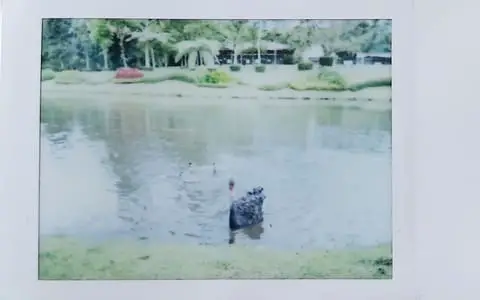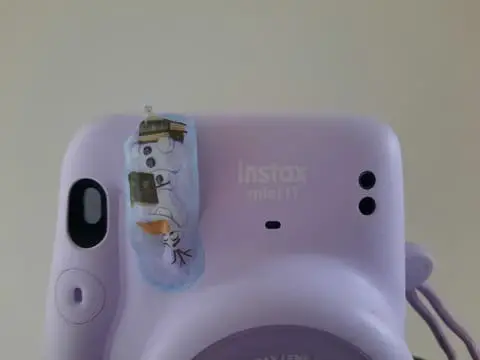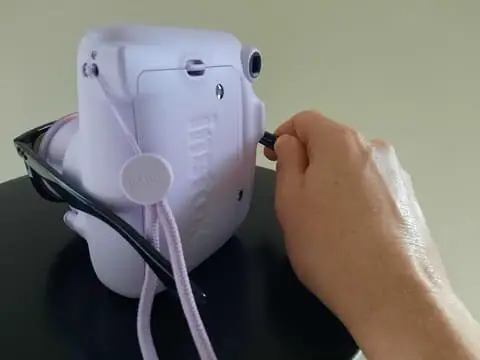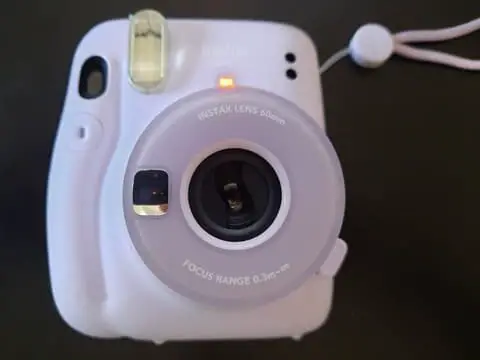The Instax Mini has earned a reputation for being able to take beautiful pictures. But the details and colors will be lost if the prints are overexposed. This is a common problem that many beginner photographers will experience.
But what should you do if your Instax Mini 11 overexposed the prints?
The most common overexposed issue is that the area needs to be better lit. A simple solution can be to place sunglasses over the lens. Though the flash cannot be deactivated, a piece of tape can block it. It’s also recommended technical problems, like covering sensors or loading film incorrectly, are addressed.
Overexposed photos aren’t a reflection of your photography skills.

Environmental factors often cause them. Please keep reading to learn more about this overexposure problem and how to ensure it doesn’t happen to you.
Why Are Photos From The Instax Mini 11 Overexposed, And How To Solve It?
Typically, the location will be too well-lit, or the photographer might have been standing too close to the subject. Both of these can be solved by moving to a new location. There are a few technical issues to consider, including; covering the sensor, problems with the film, and weather conditions.

If you look at your print, you might have found that something doesn’t look quite right, which could signify that it is overexposed. Here are some of the most common symptoms that you should be looking for:
- Too bright. This can sometimes make the image appear as though it has been washed out, causing the colors to lose their vibrancy.
- Lack of detail. Sometimes, the bright image might cause essential details to be lost, mainly if the subject is already a light color.
There are several reasons why you might be experiencing overexposed photos. Some of these issues can include:
- Location when taking the picture. If you try to take a picture in bright sunlight, you will likely experience overexposure.
- Sensors at the front were covered. The sensors are the small holes at the front of the camera. The camera thinks it is in a dark environment when these are blocked. Because of this, it will increase the amount of light the film is exposed to.
- Standing too close. In a dark environment, the camera will have a built-in flash. If you are too close, the light can reflect off your subject.
- The film was loaded incorrectly. Sometimes, you will find that the film has been loaded improperly. You might have forgotten to close the compartment door, exposing it to light. You can also create overexposure by using expired film.
- Not shielding photo during printing. Sometimes, the film will be sensitive as it is being printed out. Too much exposure to light during this time could cause the image to be overexposed.
- Colder weather. Sometimes, colder weather can have an impact on the way that the film will develop. This is usually only a problem when temperatures are below 53 degrees Fahrenheit (13 degrees Celsius).
The good news is that many problems are relatively easy to solve. For example, you must ensure the sensors aren’t blocked with your fingers before taking the shot.
Plus, you will need to ensure that you are standing at least 11.8 inches away from the subject before taking a picture. This will ensure that the flash doesn’t interfere with the quality of the image.
However, the most challenging problem to overcome is the problem of being in bright sunlight.
Unlike previous models, the Instax Mini 11 can’t turn off the flash, even when shooting in direct sunlight. Because of this, you might want to block it off by placing a piece of tape over the flash bulb.

Consider looking at the settings of the camera.
The automatic exposure function uses the sensors at the front of the camera to determine the amount of light. This allows it to find the ideal settings when preparing your photograph. However, the aperture is fixed, and the shutter speed is too slow to block the light.
There is an unconventional way to get around these problems, though.
You can place sunglasses over the lens of the camera. This will block out the light, giving you a clearer picture. You need to be a little careful when doing this, though. You don’t want to scratch the lens accidentally.

The best solution is to avoid taking pictures outdoors altogether.
If you do need to take the shot, you can try moving to an area that offers a little more shade. Before you find the best location, it can be a little trial and error.
How To Find The Correct Exposure For Photographs?
A correctly exposed photograph should clearly show the fine details and colors of the subject. It should appear similar to the way it looks in the real world. However, some photographers deliberately over or underexpose their images for creative purposes.
There is a fine line between Instax Mini 11 overexposed photos and underexposed ones. There are a few qualities that a correctly exposed image should possess; these include:
- Enough light is being reflected to make out essential details about the subject
- Colors should closely resemble real-life
It will be impossible to capture an image that looks the same as the real world. But with the correct exposure levels, you should get something similar.
It should be noted, though, that some photographers prefer to change their exposure. This allows them to draw out a particular emotion. For example, an overexposed photograph can block out some details, creating a more mysterious image.
There are other creative ways to get more emotion from your photographs. This includes:
- Changing the angle
- Getting a new background
- Moving closer or standing further from the subject
Why Are My Pictures On The Instax Mini 11 Coming Out White/Black?
Exposure to sunlight is the most common reason why pictures would be printed in white. The user mistakenly opened the compartment with the film still inside the machine. If the Mini 11 photos are coming out black, a faulty shutter is likely the cause.

Another common problem is that your Instax mini 11 photos are coming out white.
This can be a big problem; you don’t want to waste film. There are two possible reasons for this. First, you could be overexposing. Put sunglasses in front of the lens and try retaking the shot.
However, the most likely problem is that the film has been damaged. As we mentioned, it’s susceptible to light. Opening the door too early will destroy the film, leaving it unable to process the image properly.
Thankfully, this problem should be temporary. After a few white shots, the film should return to normal again. This is why you should never open the film compartment until all the film has been shot.
Film Coming Out Black
Sometimes, you might have the opposite problem, with the film appearing black as it emerges from the camera. Thankfully, this has a reasonably easy solution. Usually, if the film is coming out black, there will be an issue with the shutter.
If you replace it, the Instax Mini 11 should start working correctly again.
I have also experienced issues with my Instax Mini 11 photos coming out black because the shutter has not fully opened after pressing the button. I lightly pull the shutter outwards to ensure it is fully extended before taking photos to avoid this.
Final Thoughts
Instax Mini 11 overexposed photos are a common problem, washing out the colors and obscuring the details. The good news is that overexposure doesn’t have to affect your photography.
Simple things, such as sunglasses to decrease the light hitting the lens, can be an effective solution.